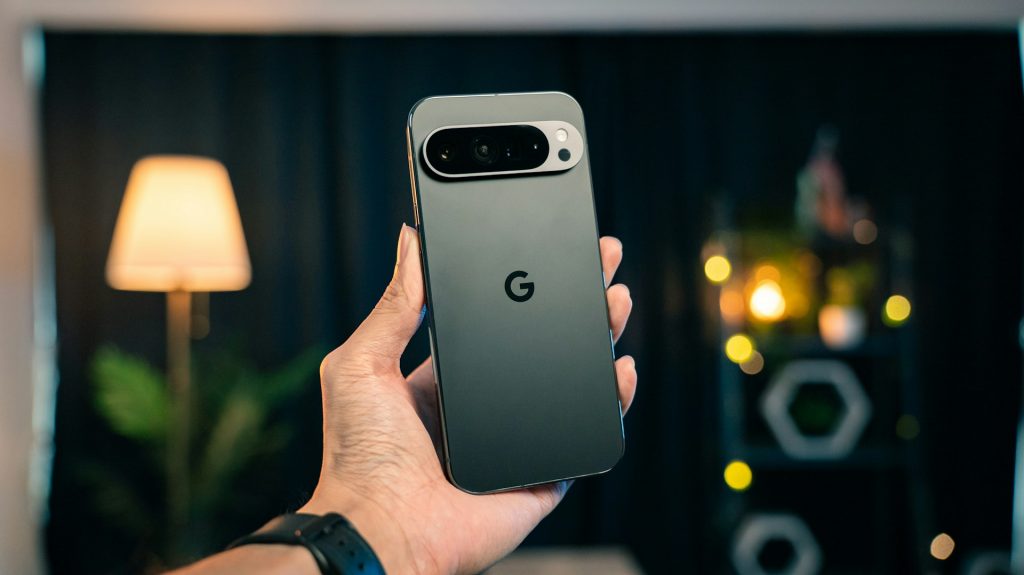Google’s Pixel Ecosystem: A Look at the 4a 5G Hardware and the New AI-Powered Screenshot Editor

As Google continues to refine its smartphone lineup with cutting-edge software, it is essential to understand the hardware foundation that supports the ecosystem, while also examining the latest AI tools currently rolling out to users. Below, we break down the technical capabilities of the celebrated Pixel 4a 5G and detail the new AI screenshot features arriving with the latest November update.
A Mid-Range Powerhouse: The Pixel 4a 5G Hardware
Debuting in late 2020 with an MSRP of $500, the Pixel 4a 5G positioned itself as a capable device that balanced performance with affordability. The handset is built around a 6.2-inch OLED display, boasting a resolution of 2340×1080 pixels and a pixel density of 416 PPI. Protected by Corning Gorilla Glass 3, the screen offers an 82.94% screen-to-body ratio, delivering HDR support for crisp visuals.
Under the hood, the device is powered by the Qualcomm Snapdragon 765G octa-core processor, clocked at 2400 MHz, paired with an Adreno 620 GPU. This setup is supported by 6GB of LPDDR4 RAM and 128GB of non-expandable internal storage. Keeping the lights on is a 3885 mAh battery, which supports 18W wired USB Power Delivery.
Imaging and Connectivity
Google has always prioritized camera performance, and the 4a 5G is no exception. The rear dual-camera module features a 12.2 MP main sensor with optical image stabilization (OIS) and an aperture of F1.7, alongside a 16 MP ultra-wide lens. For video enthusiasts, the phone captures 4K UHD at 60 fps. The front-facing 8 MP camera handles selfies and 1080p video calls.
In terms of connectivity, the device supports a wide array of 5G and LTE bands, ensuring broad carrier compatibility. It retains the increasingly rare 3.5mm headphone jack and includes NFC, Bluetooth 5.0, and a rear-mounted fingerprint sensor for biometric security. While it launched with Android 11, the hardware was designed to support subsequent OS updates.
New AI Tools for the Modern Pixel Experience
Moving from hardware to the latest software developments, Google is currently pushing out a significant update for owners of its current Pixel smartphones. Included in the November patch is a revamped Screenshot Editor, a feature previously spotted only in the Android 16 Beta. This new software leverages the capabilities of Pixel Studio to allow comprehensive editing immediately after capturing a screen image.
The updated interface goes beyond standard cropping and marking tools. Users can now utilize AI-supported functions to circle objects, remove them, or alter them using generative AI. However, early testing suggests the performance can be hit-or-miss. In a recent hands-on trial, image manipulation failed in two out of three attempts. Furthermore, specific generative commands proved inconsistent; for instance, a request to generate the word “Test” resulted in gibberish, and other commands were occasionally ignored.
Visually, the tool has been aligned with the latest Material Design standards. The toolbar now offers streamlined access to stickers, text options, and an eraser tool. Users who have already received the update are advised to ensure their Pixel Studio app is up to date, as it serves as the backbone for these new editing capabilities.






